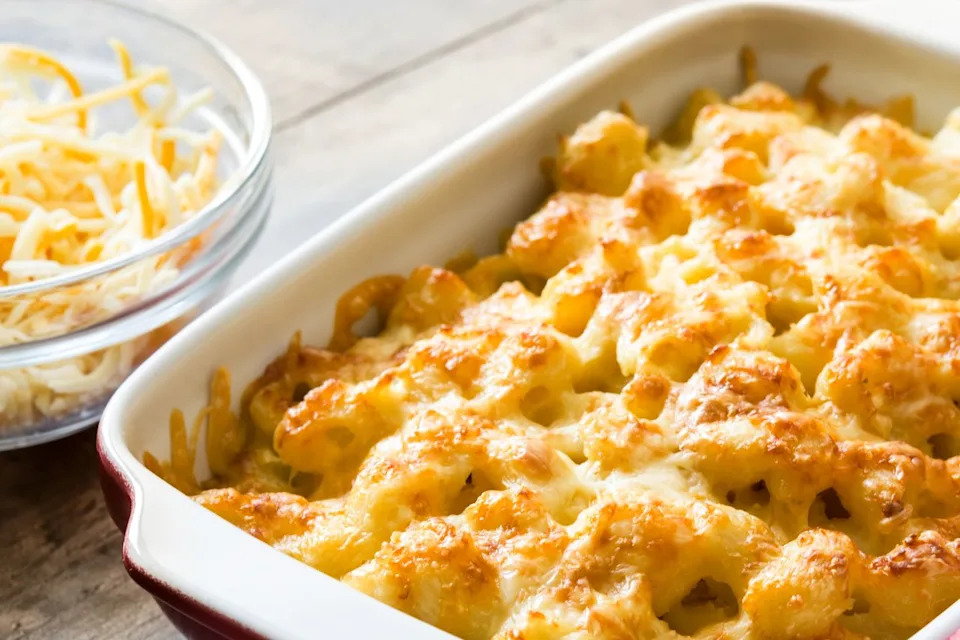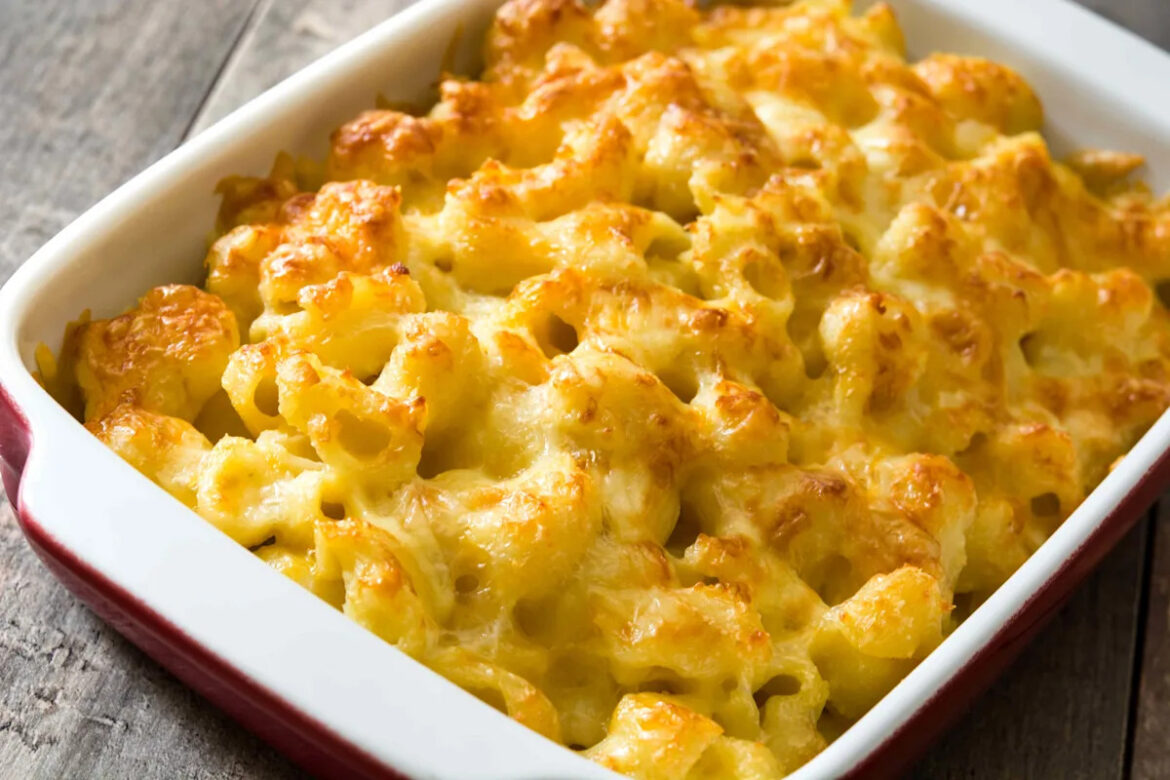When it comes to easy, reliable comfort food, few dishes earn as much praise as mac and cheese. It belongs at the dinner table no matter the season or occasion. Give it to me baked and topped with crumble, or instant and straight out of the microwave—I’m never one to turn down this rich, creamy goodness.
While I can easily list the characteristics that make a homemade mac and cheese great, I’ve often wondered if there’s a foolproof method for home cooks to get it perfect every single time. To my surprise, when I asked a few chefs and food pros for their advice, they all said the same thing: The trick to making the best mac and cheese is to use a mix of various cheeses.
Read More: The 15 Best Mac and Cheese Recipes Ever
The 4 Mac and Cheese Experts I Asked
Matthew Wasson: Italian American chef with appearances on The Food Network’s Chopped and Ciao House. Owner of pop-up concept Sunday Supper in New York City.
Lisa Steele: Cookbook author, creator of the popular Fresh Eggs Daily blog, fifth generation chicken keeper, and host of American Public Television series, Welcome to My Farm
Robert Irvine: Chef, TV personality, and entrepreneur
Joe Isidori: Michelin-star chef of Arthur & Son’s Restaurants

Simply Recipes / Getty Images
The Right Blend of Cheeses Makes All the Difference When Making Mac and Cheese
The experts I spoke to said that using a mix of cheeses is the number one way to ensure you’re making the best mac and cheese. There’s a world of cheeses to choose from.
According to Wasson, it’s in your best interest to “go beyond the border.” Consider cheeses like Gruyère or Manchego rather than “the expected American cheese or cheddar cheese.” The right combination will take your mac and cheese “to the next level while introducing your palate to different tasting notes.”
Steele echoes Wasson’s suggestion—she leans on cheeses like smoked gouda, Gruyère, and fontina—or better yet, “a combination of them all.” She emphasizes that each of these cheeses “melt really well” while giving the mac and cheese “a nice, complex, nutty flavor.”
She advises steering away from pre-shredded varieties, which are usually coated with anti-caking agents that prevent the cheese from blending and melting into a smooth sauce. “Always grate cheese for mac and cheese from a block yourself,” she recommends.
Irvine suggests a combination of Cooper Sharp American for its smooth texture, Vermont cheddar for its sharp flavor, and mozzarella for an added layer of gooeyness. “I don’t want it runny,” Irvine explains, “but I also want to avoid small crumbs of unmelted cheese.”
Isidori’s approach is much simpler, but it still falls in line with the overall theme that a combination of various cheeses is best. “Start with Velveeta,” he shares. Then add pecorino and cheddar. “Go with Velveeta and milk, then add your other ingredients. It’s foolproof.”
Read More: What’s the Difference Between Grated and Shredded Cheese?
More Tips for Making the Best Homemade Mac and Cheese
Think Beyond Macaroni: Irvine suggests getting creative with pasta shapes—you don’t have to stick to standard elbow macaroni. Pasta shapes like rigatoni, cavatelli, bowtie, and even small shells all work wonderfully, each adding its own unique mouthfeel to the dish.
Don’t Buy Shredded Cheese: This is perhaps the most valuable tip. Pre-shredded cheese is almost always covered in anti-caking agents and will not melt smoothly. Grating from a block means extra work, but it will pay off in the end.
Spice It up for Depth: A pinch of freshly grated nutmeg not only complements mac and cheese beautifully, it adds a subtle warmth that you won’t want to skip once you’ve tasted it. A little paprika and turmeric adds some color, while onion powder, garlic powder, or Adobo seasoning add just enough flavor, giving your mac and cheese an extra layer of savoriness.
Cream Cheese Is the Secret Ingredient: Most chef-created mac and cheese recipes start with a bechamel or mornay sauce, but for many home cooks, this method can be tricky. Using cream cheese to make the cheese sauce is a simple and tasty shortcut. Irvine says it “blends other cheeses well into the ideal consistency without a lot of extra steps, and it won’t separate when baking.” Simply stir it in with your other cheeses and a splash of milk for a silky, foolproof sauce.
Read the original article on Simply Recipes


Dining and Cooking